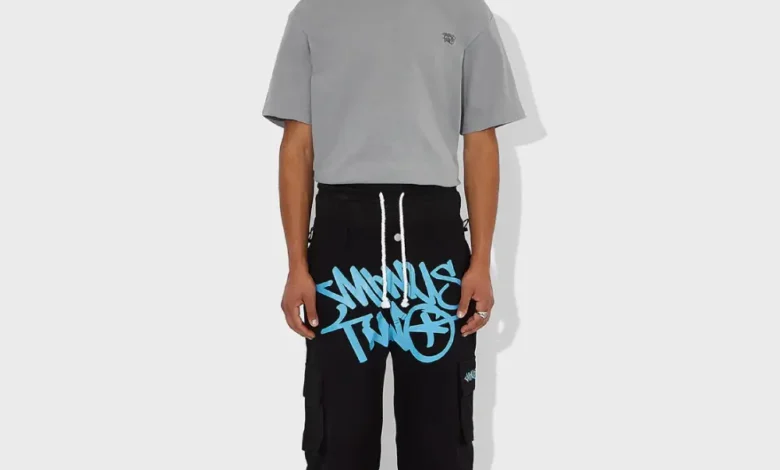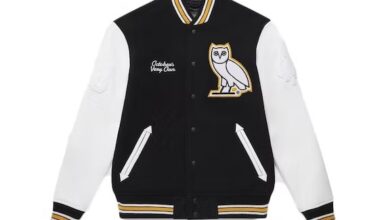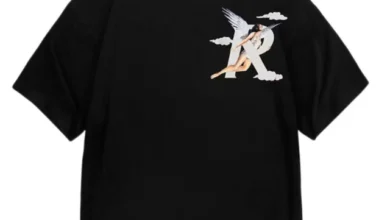The Rise of Minus Two Clothing: A New Era in Sustainable Fashion

In recent years, the fashion industry has witnessed a transformative shift towards sustainability, with brands emerging that prioritize ethical production, eco-friendly materials, and inclusivity. Among these innovators, Minus Two Clothing stands out as a beacon of hope for conscious consumers. This article delves into the origins, philosophy, product offerings, and impact of Minus Two Clothing, exploring why it has become a significant player in the realm of sustainable fashion.
Origins and Philosophy
Minus Two Clothing was founded by a team of passionate individuals who shared a vision of redefining fashion by making it more sustainable and inclusive. The brand’s name, inspired by the concept of reducing waste, symbolizes a commitment to minimizing the environmental impact of clothing production. By focusing on timeless designs and quality craftsmanship, Minus Two aims to combat the fast-fashion model that often leads to overconsumption and environmental degradation.
At the core of Minus Two’s philosophy is a dedication to ethical production. The brand partners with artisans and manufacturers who adhere to fair labor practices, ensuring that workers are compensated fairly and work in safe conditions. This approach not only supports local economies but also fosters a sense of community and craftsmanship that is often lost in mass production.
Sustainable Materials
One of the key differentiators of Minus Two Clothing is its commitment to using sustainable materials. The brand carefully sources fabrics that are environmentally friendly and ethically produced. This includes organic cotton, linen, Tencel, and recycled polyester. By utilizing these materials, Minus Two reduces its carbon footprint and minimizes the use of harmful chemicals associated with traditional textile production.
For example, organic cotton is grown without the use of synthetic pesticides and fertilizers, making it better for the environment and for the health of consumers. Tencel, derived from sustainably sourced wood pulp, is known for its softness and breathability, while also being biodegradable. By opting for these materials, Minus Two not only prioritizes sustainability but also ensures that its clothing is comfortable and stylish.
Timeless Designs
In a world dominated by trends that come and go, Minus Two Clothing takes a different approach by focusing on timeless designs. Each piece is crafted to transcend seasonal trends, allowing customers to build a versatile wardrobe that lasts. The brand emphasizes quality over quantity, encouraging consumers to invest in clothing that will stand the test of time.
The collections feature minimalist aesthetics with clean lines and neutral color palettes, making them easy to mix and match. This thoughtful design philosophy not only appeals to those seeking a chic and modern look but also aligns with the sustainability ethos of buying less and choosing wisely.
Inclusivity and Size Range
Another commendable aspect of Minus Two Clothing is its commitment to inclusivity. The brand recognizes that fashion should be accessible to everyone, regardless of body shape or size. As a result, Minus Two offers a diverse size range, catering to various body types and promoting body positivity.
By embracing inclusivity, Minus Two challenges the traditional fashion industry’s narrow standards of beauty. The brand’s diverse marketing campaigns feature models of different sizes, ages, and backgrounds, reinforcing the idea that style is not limited to a specific demographic. This focus on representation resonates with consumers who value authenticity and inclusivity in the brands they support.
Community Engagement
Beyond its product offerings, Minus Two Clothing actively engages with the community to promote sustainability and ethical fashion practices. The brand organizes workshops, events, and discussions that educate consumers about the importance of conscious shopping and sustainable living. By fostering a sense of community, Minus Two empowers individuals to make informed choices and encourages them to support ethical brands.
Furthermore, the brand partners with various environmental organizations to contribute to initiatives focused on reducing waste and promoting sustainable practices. Through these collaborations, Minus Two demonstrates that it is not just a clothing brand but a movement dedicated to positive change in the fashion industry.
The Impact of Minus Two Clothing
The rise of Minus Two Clothing represents a broader trend towards sustainability in the fashion industry. As consumers become increasingly aware of the environmental and social impact of their purchasing decisions, brands like Minus Two are leading the charge in promoting ethical practices. The success of Minus Two illustrates that there is a growing demand for sustainable fashion, and consumers are willing to support brands that align with their values.
Moreover, Minus Two’s commitment to transparency sets a benchmark for other brands in the industry. By openly sharing information about its sourcing, production processes, and community engagement efforts, Minus Two builds trust with consumers and encourages accountability in the fashion world.
Conclusion
As the fashion industry grapples with the consequences of fast fashion, Minus Two Clothing emerges as a shining example of what the future can hold. With its focus on sustainability, ethical production, timeless designs, inclusivity, and community engagement, Minus Two is not just selling clothing; it is fostering a movement towards responsible consumption and conscious living.
In a world where the choices we make matter more than ever, supporting brands like Minus Two Clothing is an empowering step toward a more sustainable future. By choosing quality over quantity and embracing the principles of ethical fashion, consumers can play a vital role in reshaping the industry for the better. Minus Two Clothing exemplifies the idea that fashion can be beautiful, stylish, and sustainable, paving the way for a more responsible and inclusive fashion landscape.





